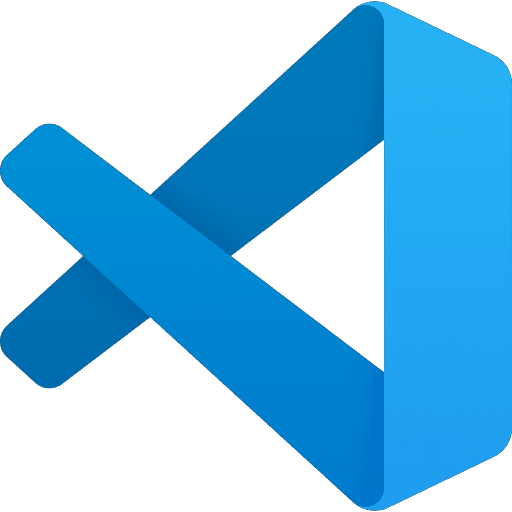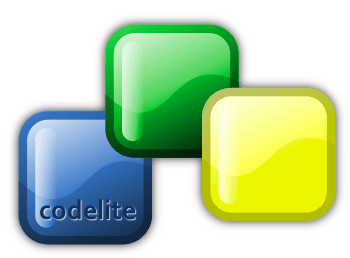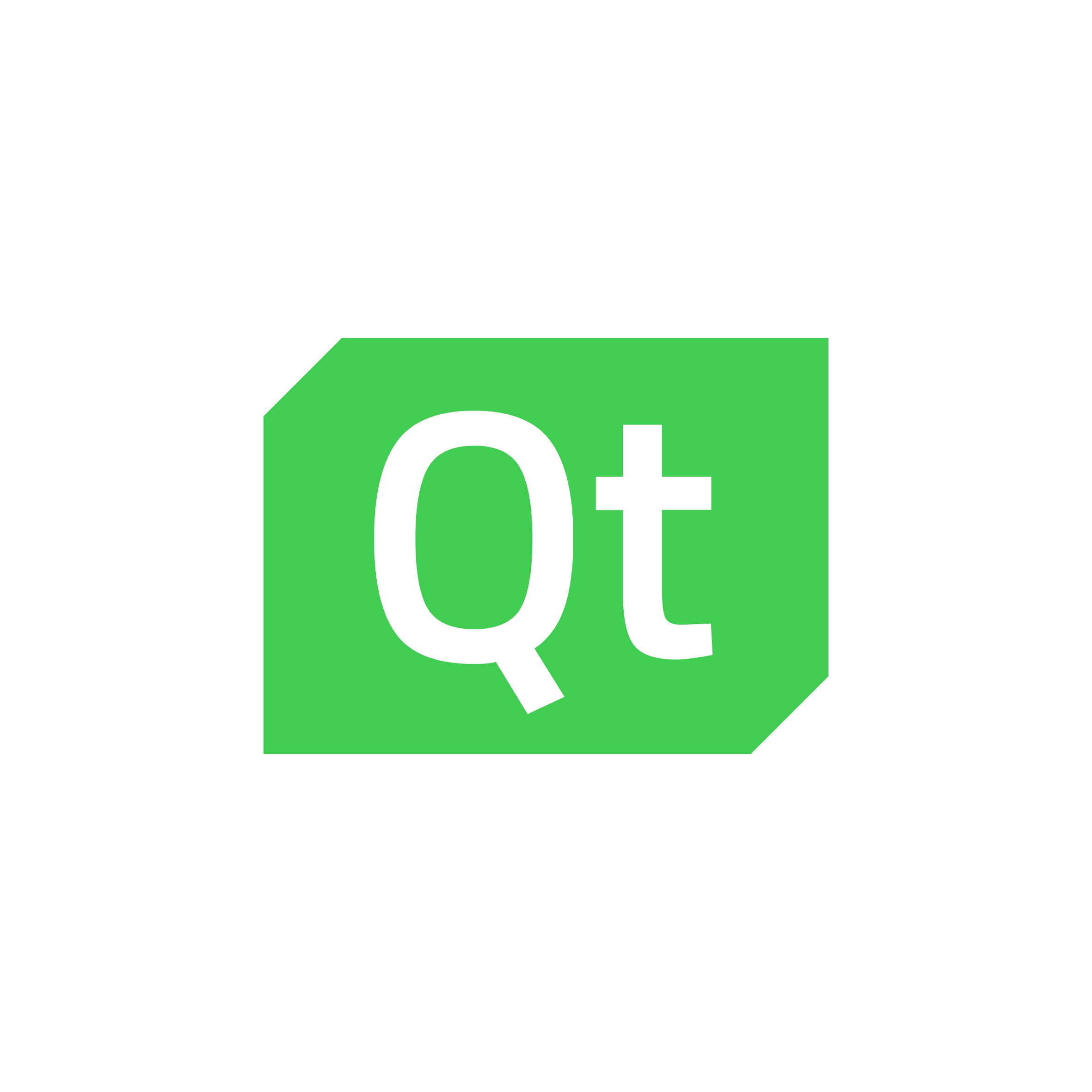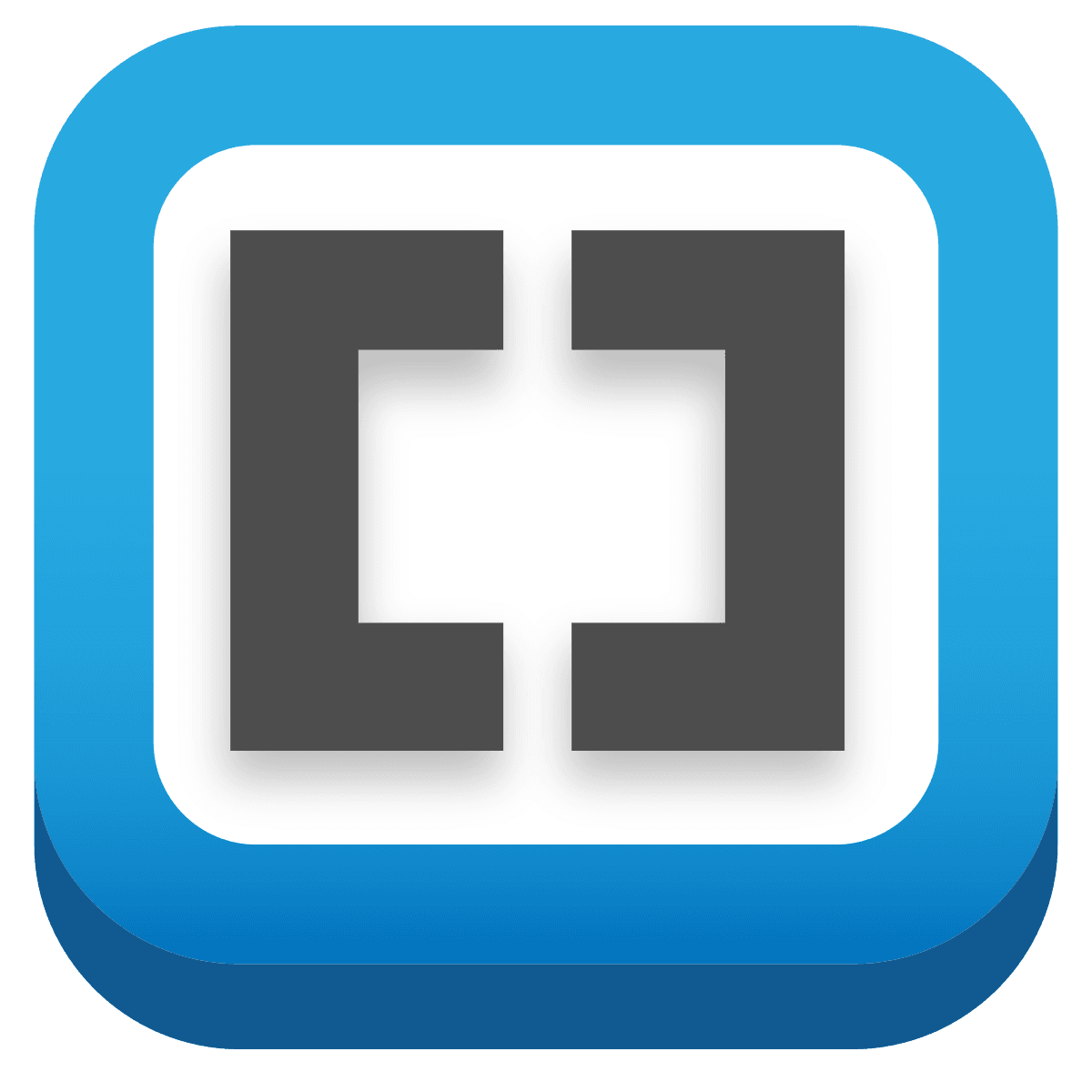Visual Design Tool C++ Classes
IDEs don't just let you compile and run your code, they also give you the tools and features to speed up your programming work and make things easy for you.
What is IDE?
IDE or Integrated Development Environment is as the name suggests is a digital environment used to develop games, software, hardware that offers integration from debugging to all the way to compiling. Some C++ IDE supports only a single language like IDLE supports only Python on the contrary Xcode from Apple supports a bunch of languages like C, C++, Java, and more.
In this article, I will try to give you clear and simple explanations of each C++ IDE so that it becomes easy for you to choose the best-suited one. You can also install multiple IDEs on your computer to see which one fits best.
Best C++ IDE & Source Editor
1. Visual Studio Code
 Visual Studio Code is a modern, open-source IDE developed by Microsoft. It's available for Windows, Linux, and macOS. Visual Studio Code provides amazing features such as a nice command-line interface, high-quality API, code snippets, code refactoring, auto code completion, integrated Git, and so on.
Visual Studio Code is a modern, open-source IDE developed by Microsoft. It's available for Windows, Linux, and macOS. Visual Studio Code provides amazing features such as a nice command-line interface, high-quality API, code snippets, code refactoring, auto code completion, integrated Git, and so on.
Features:
- Annotations reporting: Allows the developer to extract C# annotations and render them in HTML or store them in XML documents
- Auto-hide: Allows the developer to stow minimized documents along the edges of the development environment and pops up docs as developer mouse-over them.
- Cascading Style Sheets: Full support for creating styles that can be applied to HTML or XML elements
- Command window: Allows the developer to invoke commands within the IDE
- Debugging support: Enhanced debugging support for C#, C++, and Visual Basic directly in the environment, as well as support for managed-code and remote debugging.
- Deployment tools: Allow the developer to take advantage of Windows Installer to deploy applications; supports installation rollback and app advertising; graphical the editor allows the developer to create installers; merge modules allow the developer to standardize component installation for multiple apps
- Document navigation: Maintains such things as cursor history, allowing the developer to navigate back to parts of a document or to different windows
- Editor features: Too numerous to cover; includes auto-indent, color highlighting, auto-complete, clipboard rings, document navigation, and many more
- Enhanced automation support: Allows the developer to access and control parts of the IDE programmatically, such as the Code Editor, projects, tool windows, and debugging, building, and deployment tools
- HTML WYSIWYG design and source code editing of HTML documents
- Macro recording: This allows the developer to record and play macros directly in the development environment.
- Object browser: Supports all languages and allows the developer to browse objects in projects, class libraries.
- Schemas support the automatic creation of a schema from an XML document instance
- Start page: Acts as a personal home page for developer .Net development and provides access to news, updates, downloads, and documentation Tabbed documents Allow the developer to tab through multiple windows in one part of the screen
- Web browser: Allows the developer to display Web pages directly in the development environment
- XML: Allows the developer to edit XML with syntax-directed highlighting
- Data types
Official site: https://code.visualstudio.com/
2. Code:: Blocks
 Code:: Blocks is another awesome IDE for C++ development, which gives you all the necessary features and tools. You can use this IDE on various platforms such as Windows, macOS, and Linux.
Code:: Blocks is another awesome IDE for C++ development, which gives you all the necessary features and tools. You can use this IDE on various platforms such as Windows, macOS, and Linux.
Code:: Blocks has all the basic features such as debugging, compiling, and auto code completion. Other features include profiling, code coverage, code analysis, drag, and drop feature, etc. You can add more features through plugins.
Features:
- Open Source! GPLv3, no hidden costs.
- Cross-platform . Runs on Linux, Mac, Windows (uses wxWidgets).
- It is written in C++. No interpreted languages or proprietary libs needed.
- Extensible through plugins
Official site: http://www.codeblocks.org/
3. Eclipse
 Eclipse is one of the simplest and most powerful IDEs for C++ development. This is an open-source IDE that is available for Windows, macOS, and Linux. As this is a very simple IDE, beginners will find it very easy to use. It gives you useful features such as debugging, code compiling, auto code completion, profiling, refactoring, static code analysis, drag and drop feature, and so on.
Eclipse is one of the simplest and most powerful IDEs for C++ development. This is an open-source IDE that is available for Windows, macOS, and Linux. As this is a very simple IDE, beginners will find it very easy to use. It gives you useful features such as debugging, code compiling, auto code completion, profiling, refactoring, static code analysis, drag and drop feature, and so on.
Features:
- Coding shortcuts
- Autocorrection
- Refactoring
- Diffing files
- Organizing reports
- Formatting source codes
Official site: http://www.eclipse.org/cdt/
4. CodeLite
 CodeLite is a powerful code editor that supports Windows, macOS, and Linux. It's open-source software, meaning it's free of cost.
CodeLite is a powerful code editor that supports Windows, macOS, and Linux. It's open-source software, meaning it's free of cost.
CodeLite comes with features such as code compiling, next-generation debugging, profiling, class browser, static code analysis, code completion tool, refactoring, and so on. This IDE gives you a RAD tool that lets you build widgets based apps.
Features:
- Clang Based Code Completion Engine
- JavaScript Code Completion
- PHP Code Completion
- Word Completion (based on open editors)
- Git, Svn plugins
- Database Explorer
- Valgrind Support
- SpellChecker.
Official site: http://codelite.org/
5. Sublime Text
 Sublime Text is an amazing code editor that you can use for many programming languages including C++. It is also the best IDE for c++. This is a very fast text editor, with a simple UI. This software is very easy to use.
Sublime Text is an amazing code editor that you can use for many programming languages including C++. It is also the best IDE for c++. This is a very fast text editor, with a simple UI. This software is very easy to use.
Sublime Text is a modern IDE that comes with great features such as syntax highlighting, Goto Anything, Goto Definition, Command Palette, Multiple Selections, powerful API, split editing, and instant project switch.
Features:
1. Command Palette ctrl + shift + p
The command palette allows access to almost anything in the settings menus, call your package commands, change file syntax, handle Sublime projects.
For instance, it enables us to call Git commands to add, commit, branch, push and pull all from the command palette.
Keys : ctrl + shift + p
2. File Switching ctrl + p
Sublime Text provides a quick way to open up new files. Press the keys together and start typing the name of the file you want. Once it shows up, press enter and starts typing directly into that file!
Keys :
Windows: ctrl + p
Mac: ⌘ + P
3. Goto Symbols ctrl + r
A bunch of methods in large files is accessed by pressing ctrl + r and make them easier to find.
Keys :
Windows: ctrl + r
Mac: ⌘ + R
Sublime Text 3 has a new feature called Goto Definition that provides Sublime Text with more capabilities closer to an IDE.
4. Multi-Edit ctrl + click
This feature is absolutely the best feature of Sublime. Multi-edit can be used in either of the following ways:
- ctrl + shift + f AND alt + enter
- ctrl + d
- ctrl + click
5. Snippets
Type in a word, and it expands into your snippet. For example, typing lorem generates lorem ipsum text.
Key: Type a word that activates a snippet (ie, lorem) and press the tab.
5. Keyboard Shortcuts
The number of keyboard shortcuts in Sublime is astounding.
7. Projects
Projects are an integral part of my workflow in Sublime Text.
Using projects avoids digging in Windows Explorer or Finder to get the project you want and drag it into Sublime.
To Save a Project : Go into the command palette and type save the project
To Switch Projects : ctrl + alt + p
Official site: https://www.sublimetext.com/
6. NetBeans
 NetBeans is a great and best IDE for C++ development, which provides many project-based templates. This open-source software has features such as refactoring, automatic indentation, syntax highlighting, bracket matching, code folding, and so on.
NetBeans is a great and best IDE for C++ development, which provides many project-based templates. This open-source software has features such as refactoring, automatic indentation, syntax highlighting, bracket matching, code folding, and so on.
Features:
- Best Support for Latest Java Technologies
- Fast & Smart Code Editing
- Easy & Efficient Project Management
- Rapid User Interface Development
- Write Bug-Free Code
- Support for Multiple Languages
- Cross-Platform Support
- Rich Set of Community Provided Plugins
Official site: https://netbeans.org/downloads/8.0.1/
7. Qt Creator
 Qt Creator is a useful best ide for C++ for building GUI-based cross-platform software applications for mobile, desktop, embedded devices, etc.
Qt Creator is a useful best ide for C++ for building GUI-based cross-platform software applications for mobile, desktop, embedded devices, etc.
Using this software development tool, you can build high-quality graphical user-interfaces and high-performance applications and speed up your development.
Features
1. Design Tools
- Qt Design Studio
- Qt 3D Studio
- Qt Designer
- Qt Quick Designer
2. Development Tools
- Qt QmlLive
- Gamma Rays
- Emulator
- Qt Creator
- Qt Linguist
- qmake
- Meta-Object Compiler
- Qt Assistants
3. Frameworks
- Qt Core
- Qt GUI
- Qt Multimedia
- Qt Multimedia Widgets
- Qt Network
- Qt QML
Official site: https://www.qt.io/
8. Brackets
 Brackets is an open-source code editor that is used mainly for web development but you can use it for C++ by installing a plugin. Brackets is one of the most popular IDEs, loved by a huge number of programs.
Brackets is an open-source code editor that is used mainly for web development but you can use it for C++ by installing a plugin. Brackets is one of the most popular IDEs, loved by a huge number of programs.
Features:
- Inline Editor: Brackets enable you to open a window into the code you care about most.
- Live Preview: Real-time connection to your browser make changes to CSS and HTML and instantly see those changes on screen. Also, see where the CSS selector is being applied in the browser by simply putting the cursor on it.
- Preprocessor Support: Brackets allow you to use Quick Edit and Live Highlight with your LESS and SCSS files, which will make working with them more comfortable than ever.
Official site: http://brackets.io/
9. Atom
![]() Atom is a modern, powerful IDE, which can be used for many computer programming languages including C++. It supports Windows, Mac, and Linux. This a very customizable IDE. It gives you features such as auto-completion, find and replace feature, file browser, and package manager.
Atom is a modern, powerful IDE, which can be used for many computer programming languages including C++. It supports Windows, Mac, and Linux. This a very customizable IDE. It gives you features such as auto-completion, find and replace feature, file browser, and package manager.
Features:
- Cross-platform: Works on macOS, Windows, and Linux.
- Package manager: There are thousands of plugins created that make Atom amazing. Atom Packages.
- Autocompletion: An extensive autocomplete system for every language out there.
- File system browser: The file tree and fuzzy finder make opening projects and files very simple.
- Multiple panes: Split your workspace into multiple panes to compare and edit code across files.
Official site: https://atom.io/
10. Dev C++
 Dev C++, an open-source IDE, is considered one of the best C++ IDEs. Dev C++ can be used only on Windows, it doesn't support other OSs such as Linux and macOS. It has features like code completion, tool manager, integrated debugging, syntax highlighting, GCC-based compilers, profiling, and so on.
Dev C++, an open-source IDE, is considered one of the best C++ IDEs. Dev C++ can be used only on Windows, it doesn't support other OSs such as Linux and macOS. It has features like code completion, tool manager, integrated debugging, syntax highlighting, GCC-based compilers, profiling, and so on.
Features:
- Support GCC-based compilers
- Integrated debugging (using GDB )
- Support for multiple languages (localization)
- Customizable syntax highlighting editor
- Support of templates for creating your project types
- Tool Manager
- Print support
- Find and replace facilities
- The package manager for the easy installation of add-on libraries.
Official site: http://www.bloodshed.net/devcpp.html
Summary
The C++ IDEs mentioned in this article are not just considered the best but are also very popular among the developers' community. If you want to know more about these best C++ IDEs, or Online C++ IDE you can visit their official sites and find out a lot more about them.
If you want to learn C++ in-depth, Udemy's Beginning C++ Programming - From Beginner to Beyond is a great online course for beginners.
People are also reading:
- Best C++ Tutorials
- Top 10 C++ Books
- Top C++ Interview Questions
- Difference between C vs C++
- Difference between C++ vs Java
- Head to head comparison between Float vs Double
- What is Pass by Reference
- Top Java IDEs
- Top Python IDEs
- Get the Notable Difference between C# vs C++
- 8 Best Angular IDE
Visual Design Tool C++ Classes
Source: https://hackr.io/blog/cpp-ide
Posted by: blanchardhologe.blogspot.com

0 Response to "Visual Design Tool C++ Classes"
Post a Comment